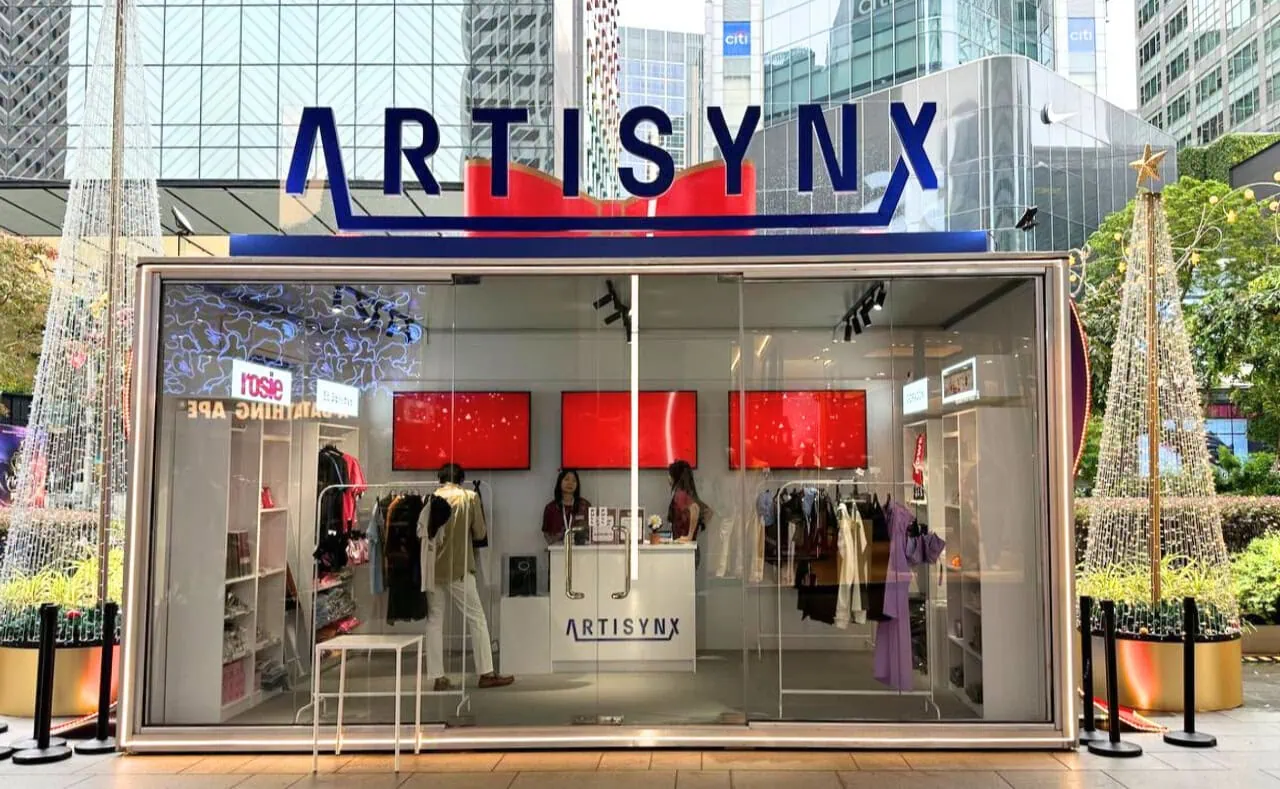Guest contributed by Russell Tan
Tray return policies, cleaning fees, workers’ salaries, coin exchange fees, insurance coverage and the Incubation Stall Programme.
Over the past month, many have chimed in on how hawker stalls are — and should be — run in Singapore. Have we complicated an age-old formula in our attempts to preserve culture? Should owning a business really be this complex? Are we really too cheap for our own good?
Simplify the Costs
One of the best ways to ensure a business survives is to make its costs clear. When it was revealed that hawkers were paying fees for tray return and coin exchange services, many members of the public were surprised.
Along with insurance policies and some contracts requiring a minimum number of daily opening hours, it is difficult for hawkers to consider these costs and price their food reasonably in order to turn a profit. Hawkers are seemingly bogged down by these nitty-gritties.
A retail store, for example, doesn’t get charged a higher cleaning fee if its stall gets more traffic, nor is it required to stay open longer than they want to.
Instead, costs are all-included in its rent and this way, an entrepreneur can accurately gauge whether he or she would turn a profit without being concerned about dynamic costs that differ from month to month.
The store is then left to optimise and decide how long it should remain open to maximise profit while they also consider other management areas like payroll responsibility and how to assign this.
By this logic, a hawker stall shouldn’t be required to stay open due to demands from the customers, as this would undermine its business model.
Neither should they be charged per tray returned; this should have already been included in its rent, as should the cleaning fee and other miscellaneous costs. It may be unfair for those who use fewer trays, but that comes with operating in a common space.
If a hawker stall is unable to make a profit despite stable costs and the freedom to optimise, then it will surely fail. Hawker stalls are businesses too, and we should start treating it as such.
The Cheap Customer
Channel NewsAsia’s recent episode of Talking Point revealed that Singaporeans are generally unaware of the profit margins of hawker food and are unwilling to pay a higher price for it. But why should we?
For decades, firms have been racing to outdo each other in productivity in order to cut costs, allowing themselves to reduce prices and increase sales. Customers naturally pursue the cheapest and best option at that price.
The same can be said for hawker stalls. Those who work harder to increase productivity and are somehow able to price their products lower than their competitors should reap the rewards of increased recognition and sales.
If costs really are inflating across the board, the prices of hawker food would inflate with it, as it has been. If hawkers decide to absorb these costs in order to outdo their competitors, it is entirely at their discretion.
Alternatively, if a hawker wishes to survive in the face of the Cheap Customer but is unable to undercut its competitors, then it is motivated to differentiate. Many novel food items and interesting combinations have been born in this way, propelled by the allure of public attention and a unique advantage over its generic competitors.
https://www.facebook.com/hambaobaosg/photos/a.306684579514719/439430262906816/?type=3&theater
Without the Cheap Customer, we may see an end to continued productivity and innovation.
It’s easy to get caught up in the emotions and sensitivities that surround hawker centres and their stalls. After all, eating is truly a national activity for Singaporeans. But at the end of the day, hawkers run businesses and all they want is a simpler environment to work in.
==
Also on Popspoken: The Social Enterprise Cannot Save Hawkers, But The Customer Can
==
Header Image: Jovi Ho for Popspoken
Stay updated and social with Popspoken:
Telegram| Facebook | Twitter | Instagram







